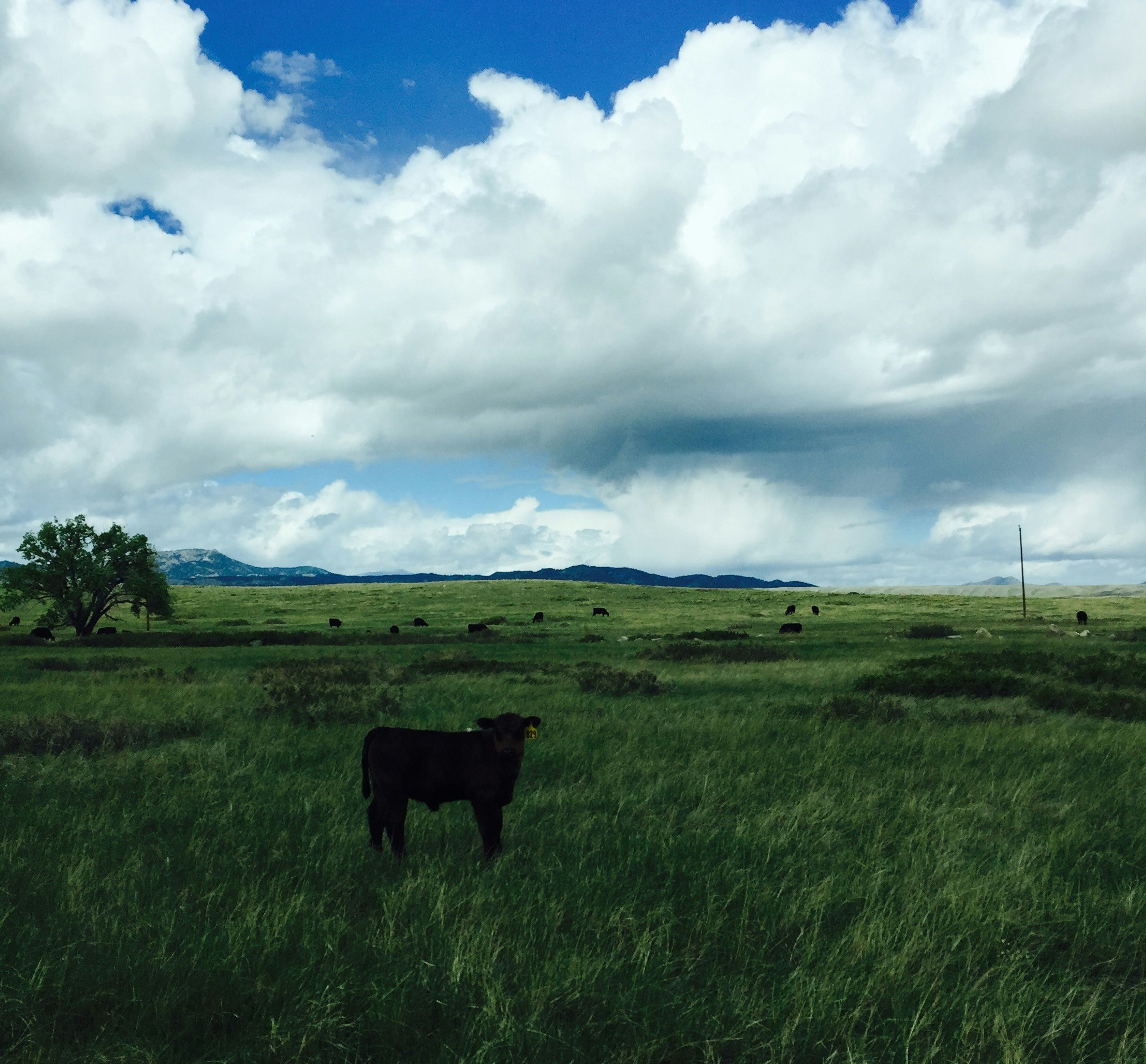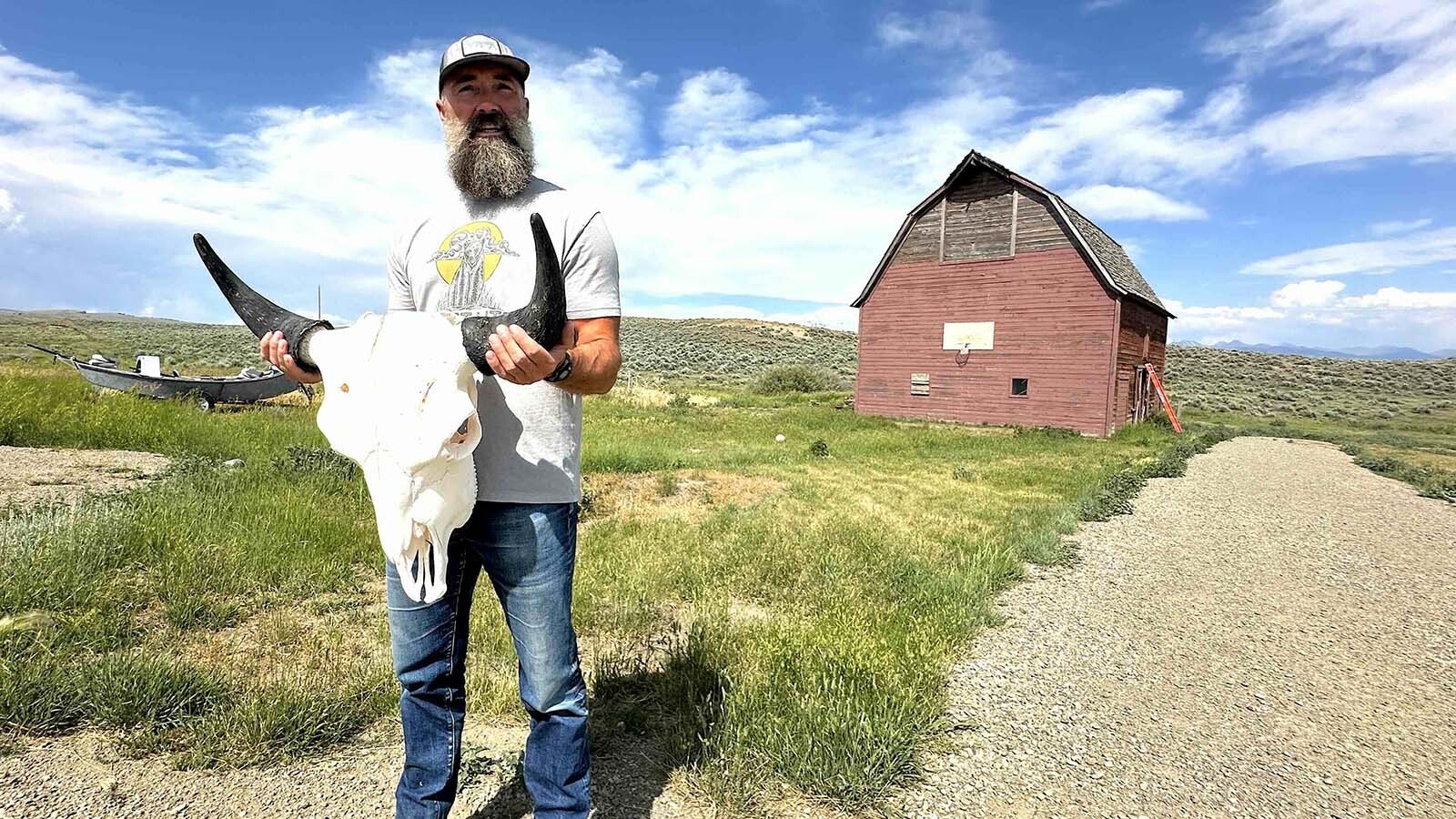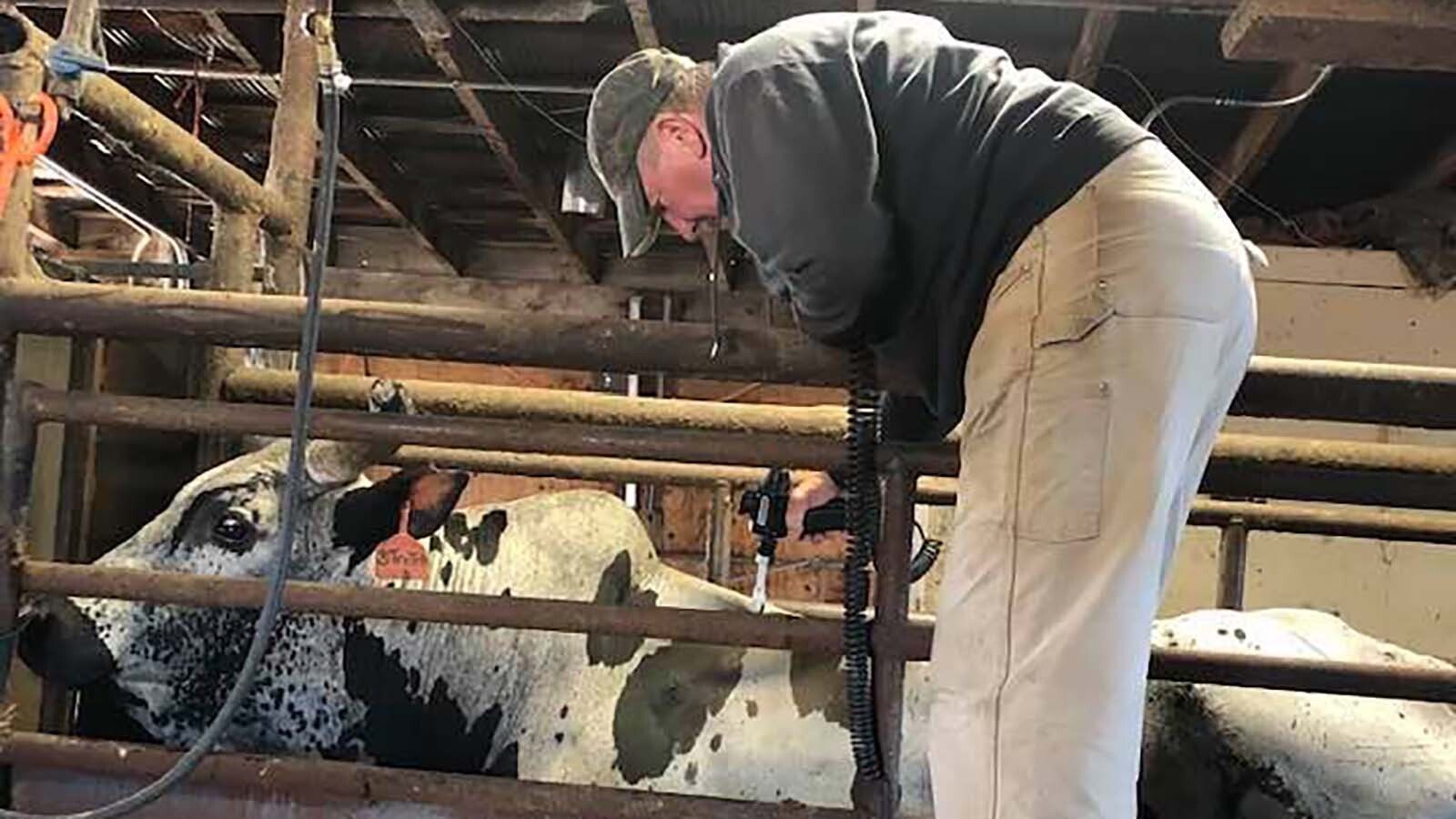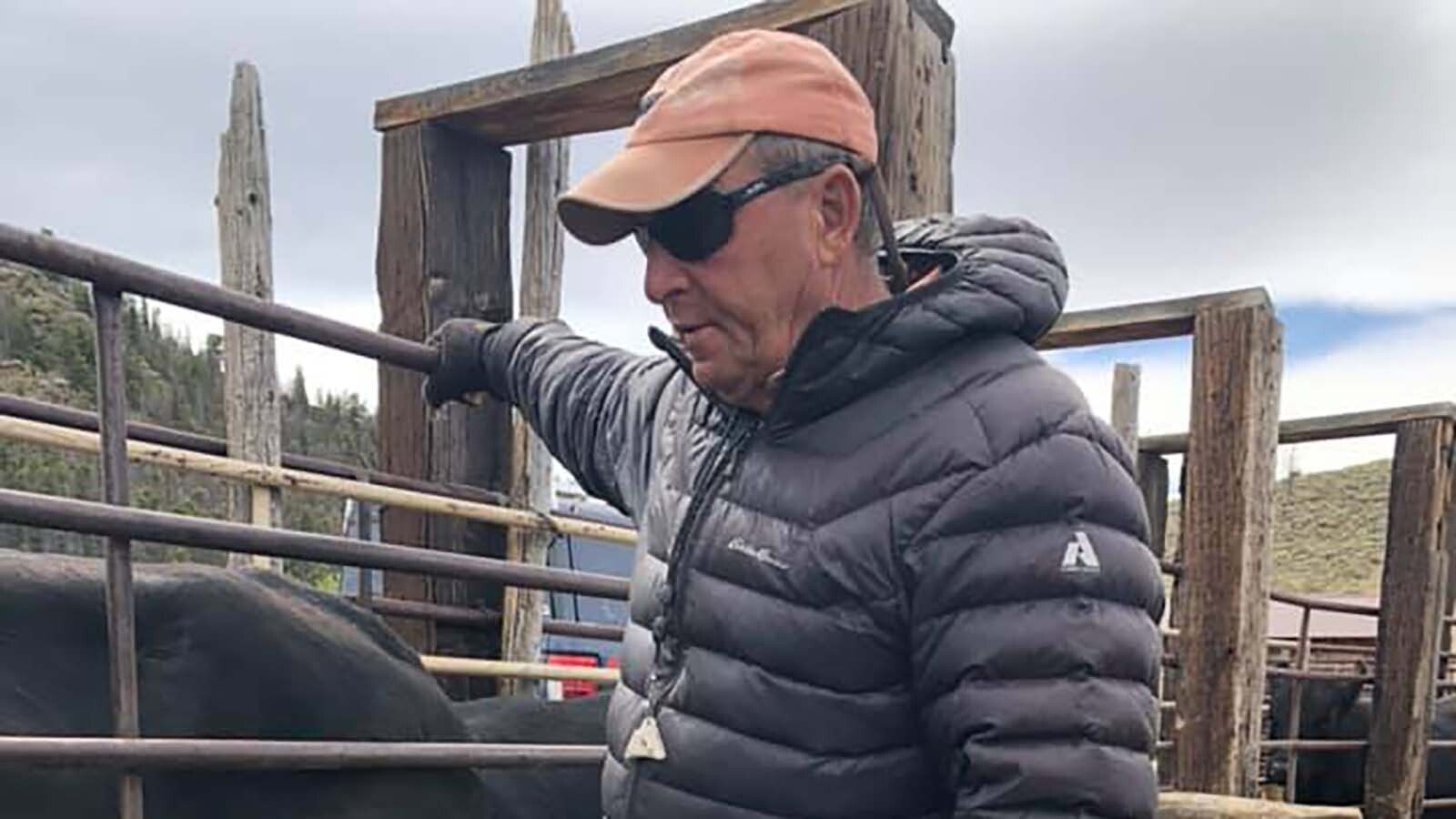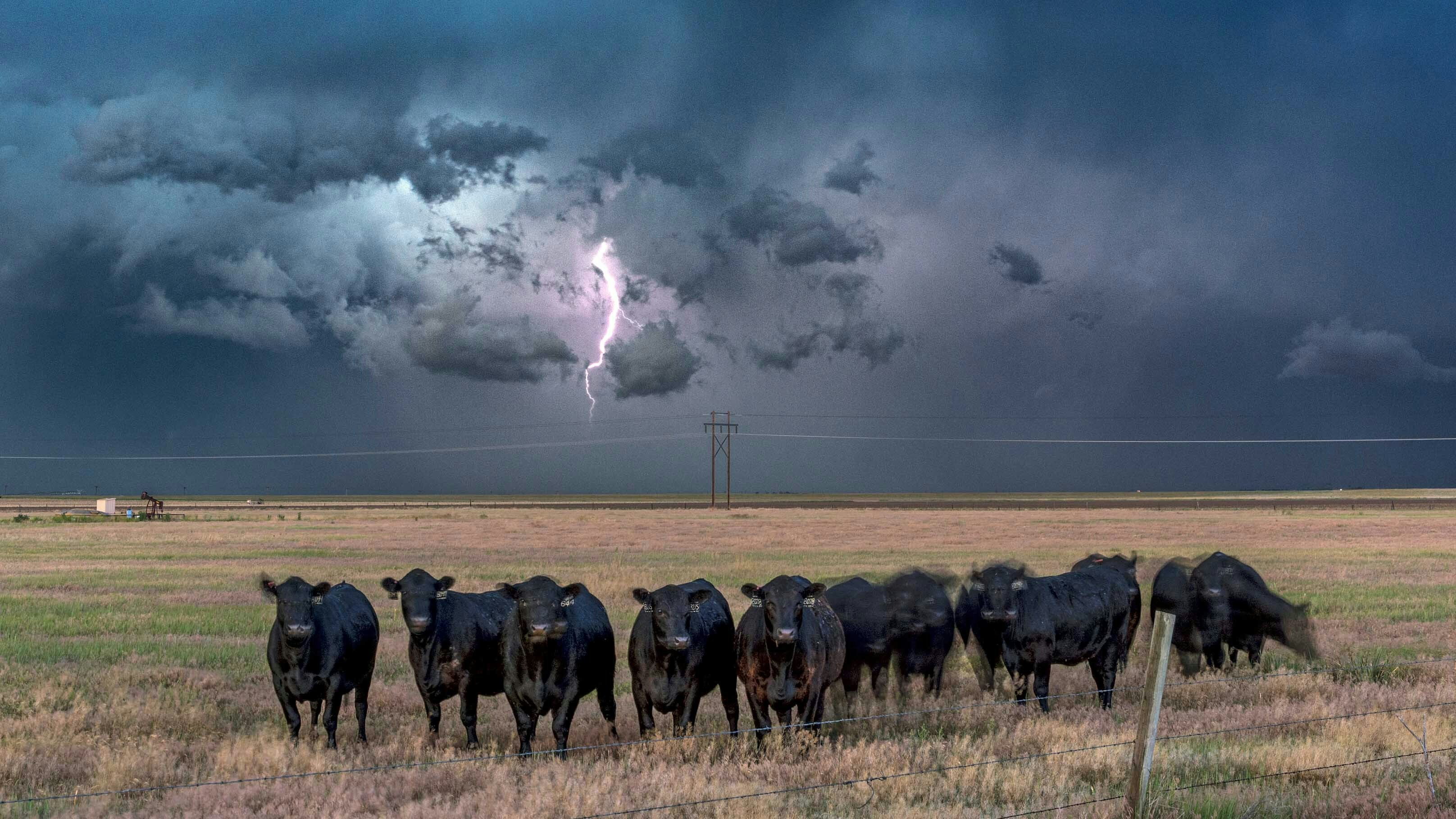Once the subject of high expectations, Wyoming’s agriculture industry was plagued with obstacles from the outset.
Despite erratic climate conditions and the absence of irrigation infrastructure, settlers doubled down on their efforts to till the Great Plains for more than 100 years.
“Many people in the East thought it inevitable that farms would supersede the stockman in Wyoming, quite a few people in Wyoming thought so, too,” T.A. Larson wrote in “History of Wyoming.”
Phil Roberts, a University of Wyoming professor of history emeritus and author of the “Wyoming Almanac,” said the weather during the early years of Wyoming settlement was deceptively mild.
“One important thing to bear in mind is when Wyoming was being settled, the weather was very favorable for agriculture,” Roberts said.
The great blizzards of the 1870s, unreliable precipitation at the turn of the 20th century and a 10-year drought during the Great Depression, however, proved to be more than most of the state’s first ag producers could handle.
By the 1970s, the ag industry only accounted for about 10 percent of Wyoming’s gross domestic product, said Wenlin Liu, chief economist at the Wyoming Administration and Information Economic Analysis Division. Today, Liu said the ag industry makes up about 1 percent of Wyoming’s gross domestic product.
Howdy, partner
At a glance, Wyoming in the mid-1800s offered settlers ample resources to build a thriving agriculture economy.
“One aspect that was always involved in people’s aspirations was there was an awful lot of land in Wyoming, and awful lot of river valleys — all they had to do was figure out how to get the water to the land,” Roberts said. “One of the problems came with financing those projects. None of the farmers had much money.”
Through legislation and the efforts of the Bureau of Reclamation, water projects started appearing across the state in the early 1900s. The final piece to the puzzle was transporting the produce.
“We can’t underestimate the importance of the three big railroads — Union Pacific, Chicago, Burlington and Quincy Railroad and Chicago North Western Transportation Company,” Roberts said. “They were extraordinarily fundamental for farmers getting their product to market.”
During the 1920s and ’30s, small farms and ranches began consolidating into big corporations, hurting both the banking industry and small communities. With the damage done by the end of the World War II, the ag industry might have withered away were it not for a growth of interest in Wyoming’s subterranean resources.
“The arrival of oil and gas drilling helped a number of those remaining small, family operations,” Roberts explained.
Farmers and ranchers worked above ground while minerals companies reaped the resources below. With railroad infrastructure already installed to transport both industries’ products to market, ag and energy worked in concert toward a more robust, albeit erratic, Wyoming economy.
Whoa, boy!
The Bureau of Economic Analysis provides economic data as far back as 1969, but painting a picture of the ag market prior to that is difficult, Liu said.
In 1997, the bureau changed its methodology for collecting data on the industry, further complicating the process of direct comparison.
“I am not sure how good you could use the new methodology on the old data to compare it to today’s data,” Liu said.
Despite the discrepancy, the data illustrates a stagnant labor market. In 1969, the bureau reported that farm employment accounted for 14,393 of the state’s total 157,954 jobs — about 9 percent. Nearly 50 years later, in 2017, the bureau recorded 14,680 jobs in farm employment, about 4 percent of the state’s 398,199 total jobs.
While technology filled many labor gaps on the farm, Stacia Berry, deputy director of the Wyoming Department of Agriculture, said recruiting laborers remains one of the industry’s biggest hurdles.
“One of the challenges is finding the workforce to do the work,” Berry explained. “A lot of those jobs have shifted from American workers to bringing in workers from afar.”
Recent changes to the federal H-2A Temporary Agricultural Workers program created more complications for ag producers, she said. Additionally, the country’s trade situation with the world abroad is hurting the pockets of hometown Wyoming.
“We’re still waiting for finalization of the (United States-Mexico-Canada Agreement), the international trade agreement with Canada and Mexico,” Berry said. “With that in flux at the same time as a trade war with China and the intense tariffs being put on agricultural commodities … that provides a lot of uncertainty, which creates some market problems.”
Wagons, ho
As an economic industry, ag might be a shadow of its former self, but it could still play a significant role in the state’s future, Berry said.
“In Wyoming’s economy, ag is foundational,” she explained. “We look at it as the third leg of an economic stool — energy, tourism and agriculture.”
Without access to the open land provided largely by ag, the energy sector could struggle to expand and as a culture and the ag community draws many of Wyoming’s visitors, she said.
Roberts said the era of dude ranches finds roots as deep as the 1960s, simultaneously decreasing the industry’s produce contribution to the state’s gross domestic product and paving an avenue for small, family-owned operations to continue their agricultural traditions.
Viewed through the lens of economic analysis, Liu said some nationwide studies indicate the ag industry’s impact on the country’s gross domestic product could be as high as 5 percent when taking into account the industries it supports such as tourism, food retail and transportation.
In Wyoming, Berry said agri-tourism, a term referring to visitors attracted by bed and breakfast resorts, corn mazes and dude ranches, is growing by leaps and bounds.
“As far as the culture of ag, ag is special, and it’s special to the people of Wyoming,” Berry said. “There’s something very romantic about the Western cowboy and I think we see that when we have talks with trading partners across the globe. People love the wide open spaces here, which is really due in part to the ag community.”

